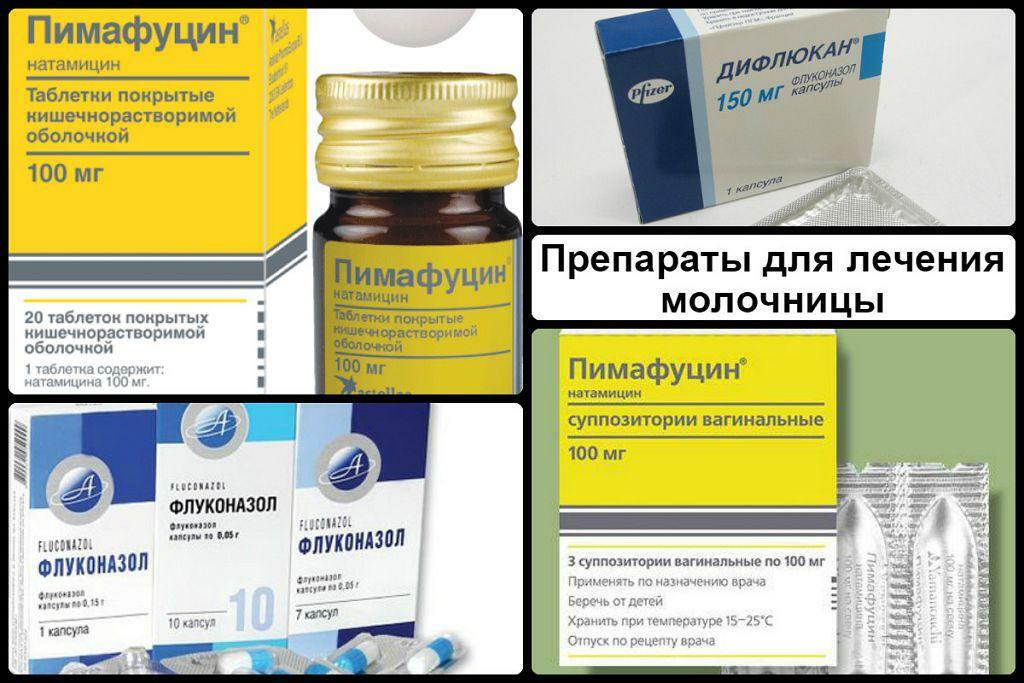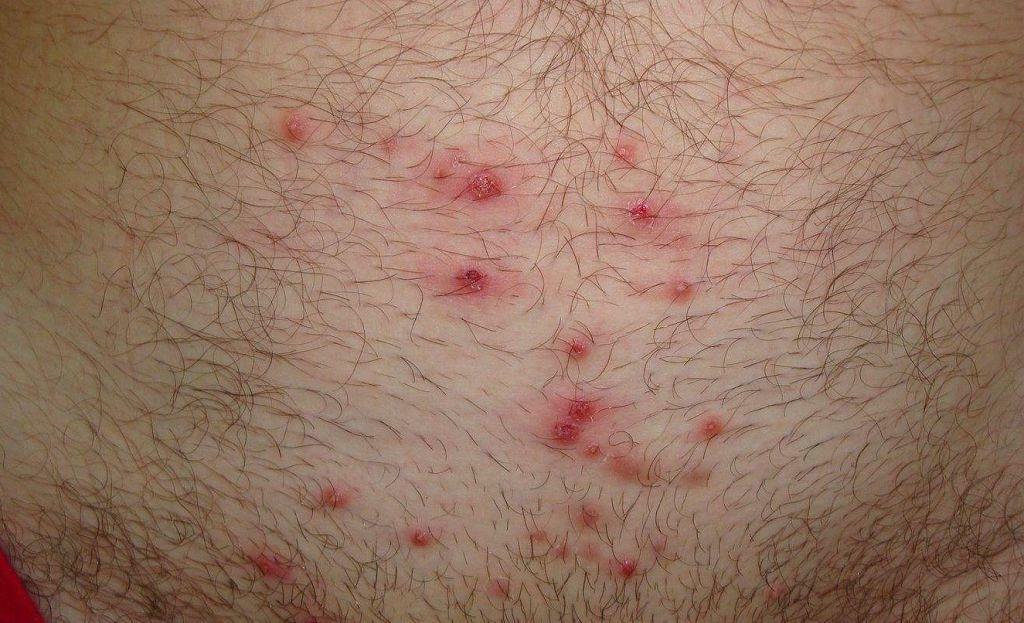Dysentery - an infectious disease characterized by lesions of the gastrointestinal tract, especially the colon.
The disease is caused by bacteria genus Shigella. With the destruction of bacteria produce toxins that plays an important role in the development of the disease and the causes of its manifestations.
dysentery Activators are characterized by high survivability in the environment. Depending on the temperature and humidity conditions, they are saved from 3-4 days to 1-2 months, and in some cases up to 3-4 months or even more. Under favorable conditions, Shigella are able to multiply in foods (salads, vinaigrettes, cooked meat, minced meat, boiled fish, milk and dairy products, fruit and kissels).
Causes
Dysentery transmitted only from human feces through contaminated food, water, as well as upon contact.
The source of infection of the pathogen for dysentery are patients and bacillicarriers that secrete Shigella into the environment with faeces. Patients with dysentery, infectious disease onset. Duration abjection patients, usually not more than a week, but may be delayed up to 2-3 weeks.
The highest susceptibility to infection in patients with blood group A (II).
The leading factor in the development of the disease is the intake of poisons of bacteria in the blood. Primarily affects the nervous and cardiovascular system, adrenal glands and digestive organs.
Shigella may be in the stomach for several hours to several days (in rare cases). Overcoming the barrier of stomach acid, Shigella reach the intestine. In the small intestine, they adhere to intestinal cells and secrete the toxin, which causes increased secretion of fluid and salts in the lumen. Shigella actively moved, causing inflammation in the small intestine, which is supported and compounded effect produced by Shigella toxin. Shigella toxin, enters the bloodstream and causes the development of intoxication.
In colon Shigella come later, but massive. This results in a significant action of toxins.
Recovery dysentery is usually accompanied by the release of agent from the organism. However, when failure of the immune system by cleansing the body of the pathogen is delayed by 1 month or more. Shaped carriage, while the part of recovered disease becomes chronic.
After this illness is formed short immunity.
The incubation period is 1-7 (average 2-3) days but may be reduced to 2-12 hours.
The form and severity of the embodiment dysentery depend on ways and means of infection, number caught in the body microbes level immunity.
manifestations of dysentery
The disease begins quickly. At the beginning of intoxication developed syndrome characterized by fever, chills, hot flashes, fatigue, decreased appetite, headache, decreased blood pressure.
Involvement of the gastrointestinal tract is manifested by pain in the abdomen, first blunt, diffuse throughout the abdomen with a permanent character. Then they become more acute, cramping, are located in the lower abdomen, usually on the left. Pain is usually worse before stool.
A mild form of dysentery
In less severe disease fever is short, from a few hours to 1-2 days, the body temperature usually rises to 38 ° C.
Patients are disturbed by moderate abdominal pain, mainly to act stool.
The stools are pasty or semi-liquid consistency, bowel movement frequency and 10 times a day, the admixture of mucus and blood is not visible. intoxication and diarrhea stored for 1-3 days. Full recovery occurs in 2-3 weeks.
moderate form
The origin of this form of rapid dysentery. Body temperature with chills increased to 38 ~ 39 ° C and kept at this level for several hours to 2-4 days.
Patients concerned about weakness, headache, dizziness, lack of appetite. Intestinal disorders are usually joined in the next 2-3 hours from the onset of the disease.
Patients appear periodic cramping pain in the lower abdomen, frequent false urges to defecation, feeling of incomplete defecation. Stool frequency reaches 10-20 times a day. The stools are scarce, often consist of a mucus streaked with blood.
There is irritability, pale skin. Tongue covered with a thick white coating, dryish. Intoxication and diarrhea last from 2 to 4-5 days. Complete healing of the intestinal mucosa and the normalization of all body functions occur not earlier than 1-1,5 months.
severe form
Heavy for dysentery is characterized by a very rapid development of the disease, pronounced intoxication, deep disorders of the cardiovascular system.
The disease starts very quickly. Body temperature rises rapidly to chill to 40 ° C and above, patients complain of severe headache, general sharp weakness, increased sensitivity to cold, especially in the extremities, dizziness when standing up from the bed, the complete absence appetite.
Often have nausea, vomiting, hiccups. Patients concerned about abdominal pain accompanied by frequent urge to defecate and urinate. Chair more than 20 times a day, the number of bowel movements is often difficult to count ( "a chair without an account"). The height of the disease lasts 5-10 days. Recovery is slow, up to 3-4 weeks, the full normalization of the intestinal mucosa takes place in 2 months or more.
chronic dysentery diagnosis is established if the condition continues for more than 3 months.
complications
Among the complications of the disease are the most common:
- toxic shock,
- infectious and toxic damage of the nervous system,
- peritonitis,
- pneumonia.
Diagnostics
The diagnosis is based on the results of examination of the patient. Great diagnostic importance fecal examination, wherein an impurity can be detected mucus streaked with blood.
Laboratory confirmation of dysentery conducted bacteriological and serological methods. Bacteriological method (seeding Shigella from feces) at 3-fold study provides confirmation of diagnosis in 40-60% of patients.
Rapid diagnosis of acute intestinal diarrheal infections can be carried out to detect antigens of pathogens and their toxins in biosubstrates - saliva, urine, feces, blood. For this purpose, use immunological methods with high sensitivity and specificity: immunoassay (ELISA), latex agglutination reaction (RAL), the reaction koagglyutinatsii (PKA), immunofluorescence (IFA), polymerase chain reaction (PCR).
dysentery treatment
Treatment of patients with dysentery should be comprehensive and strictly individualized. Bed rest is required, usually only for patients with severe forms of the disease. Patients with moderate forms allowed to go to the toilet. Patients with milder forms prescribed ward mode and exercise therapy.
One of the most important components in the treatment of intestinal patients is a health food. In the acute phase table №4 prescribed for significant intestinal disorders; with the improvement of the state, a decrease in bowel dysfunction and the emergence of appetite the patient is transferred to the table №2, and for 2-3 days before discharge from the hospital - in the general table.
Assign patients antibacterial drug must be given information about the "territorial landscape drug resistance ", i.e. sensitivity to it Shigella allocated from patients in the locality Lately. Combinations of two or more antibiotics (chemotherapeutic agents) are assigned only in severe cases.
The duration of the course of treatment is determined dysentery improving the patient's condition, the normalization of body temperature, decrease in intestinal disorders.
At moderate form of dysentery therapy may be limited to 3-4 days, with heavy - 4-5 days. The continuing recovery in the early light bowel dysfunction (mushy stools 2-3 times a day, moderate events flatulence) Should not serve as a pretext to continue antibiotic treatment.
Patients with mild dysentery in the midst of the disease, flowing with mucus and blood in the stool, is assigned one of the following drugs:
- nitrofurans (furazolidone, furadonin 0.1 g 4 times a day,
- ersefuril (nifuroxazide) 0.2 g 4 times a day),
- cotrimoxazole 2 tablets 2 times a day,
- hydroxyquinoline (nitroksolin 0.1 g 4 times a day, intetriks 1-2 tablets three times a day).
When administered to moderate dysentery drugs fluoroquinolones: ofloxacin 0.2 g of 2 times a day, or ciprofloxacin, 0.25 g of 2 times a day;
- cotrimoxazole 2 tablets 2 times a day;
- intetriks 2 tablets 3 times a day.
In severe dysentery appointed
- ofloxacin 0.4 g of 2 times a day, or ciprofloxacin 0.5 g of 2 times a day;
- fluoroquinolones in combination with aminoglycosides;
- aminoglycosides in combination with cephalosporins.
Dysentery Flexner and Sonne dysentery appoint a polyvalent bacteriophage. The drug is available in liquid form and tablets with acid-resistant coating. Take for 1 hour before a meal into 30-40 ml 3 times per day, or 2-3 tablets three times a day.
In less severe dysentery fluid loss compensation is performed at the expense of one of the finished compositions (tsitroglyukosalan, rehydron, tours, etc.). These solutions allow to drink in small portions. The amount of fluid should be 1.5 times its loss in the stool and urine.
Patients with moderate diarrhea recommended form abundant drink sweet tea or 5% glucose solution, or one of A solution (tsitroglyukosalan, rehydron, tours, etc.) To 2.4 L / d.
In severe intoxication shown intravenous drip infusion of 10% albumin solution and gemodeza other crystalloid solution (Trisol, laktasol, Acesol, Chlosol), 5-10% glucose solution insulin. In most cases, administration of 1000-1500 ml of one or both of these solutions, to achieve significant improvements in patient condition.
To bind and remove toxins from the bowel appoint one of enterosorbents - Polyphepanum 1 tablespoon 3 times a day, activated carbon 15-20 grams 3 times per day to 5 g Enterodesum 3 times a day, POLYSORB 3 grams 3 times per day, smectite 1 sachet 3 times day or others.
For neutralization of toxins used enzyme preparations: pancreatin panzinorm in combination with calcium supplementation.
In the acute phase of diarrhea to eliminate the spasm of colon shows the use of:
- drotaverina hydrochloride (Nospanum) of 0.04 g of 3 times a day,
- papaverine hydrochloride 0.02 g of 3 times per day.
At considerable pain syndrome designate Nospanum 2 ml 2% solution intramuscularly or 1-2 ml of a 0.2% solution subcutaneously platifillina tartrate.
During the treatment period, patients designate complex vitamins.
In order to designate correction intestinal biocenosis biosporin, baktisporin, baktisubtil, flonivin BS-2 dose 2 times a day for 5-7 days. When choosing a drug preference should be given a modern complex preparations - Linex, bifidumbacterin forte, vitaflor and others. The drugs are administered in the standard dose. With good tolerability shown in convalescence period fermented therapeutic and dietary bifidobacteria and lactate products which have high therapeutic effectiveness.
Treatment of patients with chronic dysentery (recurrent and continuous) is carried out in an infectious hospital. Treatment options include:
- fluoroquinolones ciprofloxacin 0.5 g of 2 times a day or ofloxacin 0.2 g of 2 times a day for 7 days;
- immunotherapy depending on the state of immunity - timalin, timogen, levamisole, dibasol, etc .;
- panzinorm, Festalum, pancreatin, pepsin, etc .;
- Increasing daily doses of vitamins;
- treatment of opportunistic diseases, intestinal helminthic and protozoal infestations;
- to restore intestinal biocenosis prescribed biosporin, baktisporin, lineks, bifidumbakterin forte, vitaflor, lacto-bacterin; these drugs are administered in unit dosage within 2 weeks after causal treatment simultaneously with pathogenic agents.
The prognosis for the treatment of patients with dysentery, is generally favorable.
prevention
Recover from acute dysentery discharged from hospital no earlier than 3 days after the clinical recovery (normalization of body temperature, chair, disappearance of intoxication symptoms of abdominal pain, intestinal pain and spasm), in the absence of pathological changes in laboratory studies. Chemoprevention in contact with a sick individual is not carried out.



